
All categories
Featured selections
Trade Assurance
Buyer Central
Help Center
Get the app
Become a supplier

(68 products available)










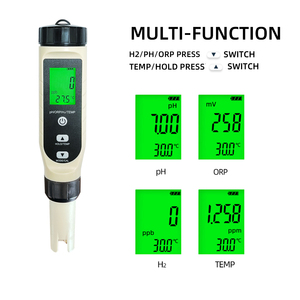

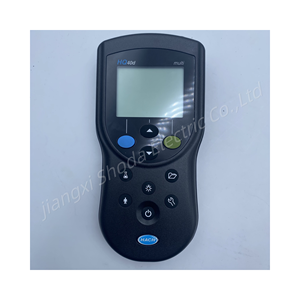




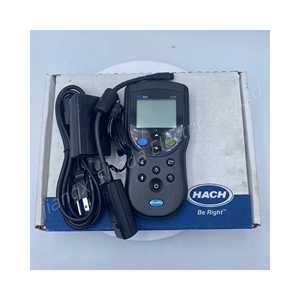


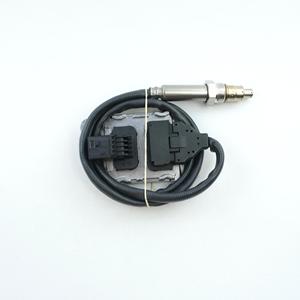
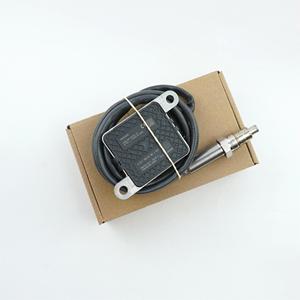

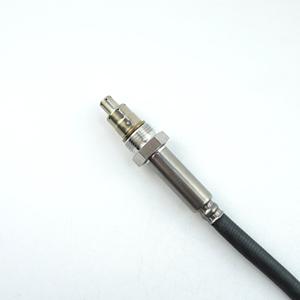
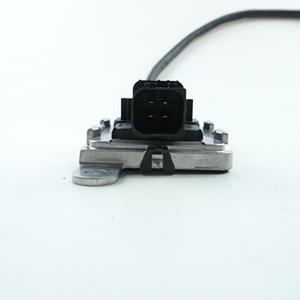


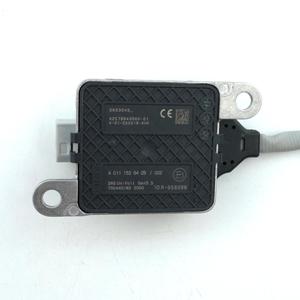
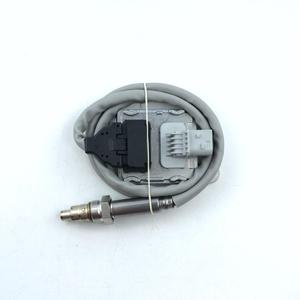


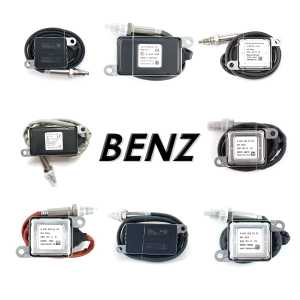

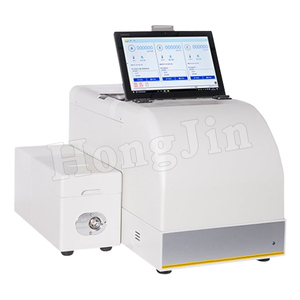
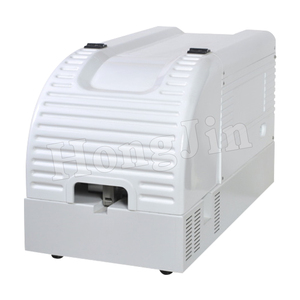




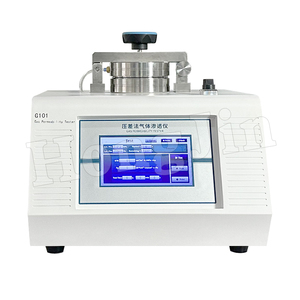
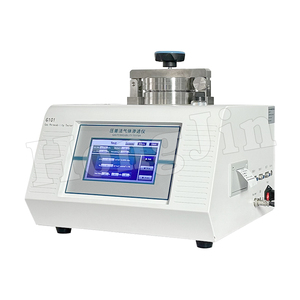
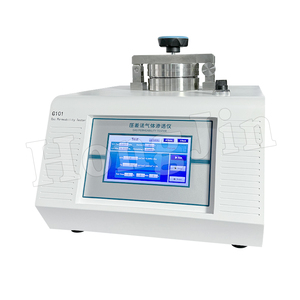







Oxygen permeability testers come in diverse types as follows:
Constant Diffusion Cell Testers
These testers measure the steady-state permeation of oxygen through a material. They utilize a permeation cell where both sides of the sample are exposed to a stagnant oxygen and nitrogen atmosphere. With time, oxygen will penetrate the sample and diffuse into the other side. Its permeability will be calculated by measuring the oxygen concentration on the receiving side or using methods such as oxygen scavengers or oxygen concentration detectors. These testers are often employed in the plastic film and foil industry.
Dynamic Permeability Testers
These testers are known by another name as dynamic permeability testers. They continuously circulate gases through the material under test. The difference in partial pressure of the gas across the sample will help evaluate oxygen permeability. In this case, the sample is usually exposed to flow of oxygen and nitrogen with known concentrations. This type of tester is best applied in high permeability materials.
Static Permeability Testers
This tester measures the accumulation of oxygen in a reservoir on the downstream side of the material. It is practiced by sealing a chamber with the oxygen-containing gas on one side and a plastic barrier on the other. Over time, oxygen will permeate to the other side. The difference in pressure or amount of oxygen detected on the downstream side is measured to calculate permeability. They are best suited for low permeability materials such as glass or metal film.
Transmission Rate Testers
These testers are designed to measure the oxygen transmission rate (OTR) through a packaging material. They consist of an oxygen source, a detector, and a recording device. Oxygen is allowed to pass through the sample and the amount transmitted is measured. It provides readings in units such as cc/m² or ml/m² per day. OTR is a key metric in food packaging to maintain freshness and safety.
High-Pressure and Low-Pressure Tester
These testers work at different pressures to evaluate oxygen permeability. High-pressure testers use elevated pressures to accelerate permeation and reduce test time. Permeability is measured at pressures as high as 100 atm. On the other hand, low-pressure testers work at atmospheric or reduced pressures. They are used for materials sensitive to high pressures like rubber and certain polymers.
Oxygen permeability testers have diverse applications as follows:
Packaging Industry
Oxygen permeation testers are applied to assess the oxygen permeability of packaging materials. This ensures product protection against oxygen-related spoilage. They are commonly used in food and beverage packaging to maintain shelf life by preventing oxygen infiltration.
Pharmaceutical Packaging
Pharmaceutical products' stable packaging is crucial for drug efficacy. These testers help evaluate barriers in blister packs and pouches. This limits oxygen exposure and protects sensitive compounds. In this case, the testers ascertain that packaging maintains the quality of oxygen-sensitive medications.
Coatings and Films
In this case, oxygen permeability testers assist in developing coatings and films for electronics and industrial applications. These materials require barrier protection. In this case, permeability measurements help optimize formulations. This leads to improved performance and longevity in applications where oxygen can cause corrosion or degradation.
Automotive Industry
These testers are used in the automobile sector to evaluate gas permeation through tires, hoses, and fuel systems. Oxygen barriers in tire materials are critical for maintaining longevity and performance. Therefore, testers analyze tire compounds to minimize oxygen permeation. This helps in improving fuel efficiency and extending tire lifespan.
Textiles and Fabrics
Testers here assess permeability in breathable fabrics. This is particularly in active wear or medical textiles where controlled gas exchange is vital for comfort. Also, testers are utilized in the aerospace industry to evaluate breathable membranes used in parachutes and other equipment. This ensures proper gas exchange without compromising strength.
Electronics and Semiconductor
Oxygen sensitivity is a huge risk in electronic components. Therefore, oxygen permeability testers assess barrier materials in packaging that protect sensitive parts during storage and transportation. Permeability data aid in selecting effective barriers that prevent oxidation and moisture infiltration.
Key Measurement
The key measurement that oxygen permeabiltiy testers do is OTR. This is in units like cc/m²·day or ml/m²·24h.
Testing Area
The testers work on samples with area sizes commonly ranging from 25 mm² to 1000 mm². They are ideal for small to medium-sized samples.
Humidity Control
The testers can manage a broad range of humidity levels. Mostly from 0% to 100% RH, depending on customer needs. This is vital for assessing permeability in diverse environmental conditions.
Temperature
These testers work on a temperature range of 15°C to 50°C. This is ideal for simulating real-world storage conditions.
High Precision
These testers have high-precision sensors and analytical balances that guarantee minute gas transmission measurements. It provides accurate and consistent data vital for stringent industry applications.
Automatic
The testers have automatic gas switching and data recording. This helps reduce human error and enhance efficiency during testing. Also, many models come with auto-sample handling that boosts throughput in high-volume testing environments.
Multiple Gas
Oxygen testers have diverse gas compatibility apart from oxygen. They include nitrogen, carbon dioxide, and water vapor. This makes them adaptable for various permeation studies.
Software
They come with user-friendly software for data acquisition and analysis. It enables real-time monitoring and provides detailed permeability charts and reports.
Modular Design
These testers come in a modular design that allows customization of chambers and sensors. Thus it meets specific testing requirements ranging from packaging materials to films and coatings.
Protocol Compliance
As earlier discussed, oxygen permeability testers comply with international standards like ASTM and ISO. They usually have defined testing procedures. This compliance ensures that the permeability measurements are accurate and reliable. Also, it allows for comparison across diverse products and industries.
Calibration Standards
Regular calibration of a tester using certified gas mixtures ensures measurement accuracy. This process is paramount for businesses adhering to stringent quality control. It mitigates risks of product failure due to inaccurate data.
Material Compatibility
The testers employ materials that are compatible with diverse test gases. In this case, the materials do not react with the gases or permit unintended permeation. This maintains the integrity of the test data. Also, they should analyze the test chamber design and sealing mechanisms. Poor sealing can lead to leaks.
Sample Conditioning
Proper sample conditioning prior to testing is vital for accurate results. Pre-conditioning samples in controlled temperature and humidity help simulate their real-world environment. This ensures accurate and dependable readings.
Oxygen Handling
Since testers deal with oxygen gas, they ensure proper handling and storage to avert risks of combustion or explosion. Further safety measure conduct when operating the equipment.
Gas Leakage Detection
Constant monitoring for gas leaks is vital not only for data accuracy but also for preventing potential hazards. Detecting leaks promptly minimizes risks. Also, utilizing testers equipped with leak detection sensors enhances safety.
Personal Protective Equipment (PPE)
Workers involved in gas management don PPE. Such equipment aids in preventing inhalation or exposure to hazardous gases.
Ventilated Workspaces
The testers should be in well-ventilated areas to disperse any potential gas accumulations. This minimizes risks of hypoxia or other gas-related health complications.
Buyer should consider the following when selecting oxygen testers:
Testing Range
Select testers with compatible with a wide O2 permeability range. Those operating at low ranges mostly suitable for packaging materials and high ranges for industrial membranes.
Sample Size
Get a tester that accommodate diverse sample sizes. For businesses in bulk or large-scale operations ought to find testers with large sample sizes.
Data Analysis
Find oxygen testers with user-friendly software that provide detailed charts and reports. This makes data analysis after data acquisition seamless and efficient.
Speed and Efficiency
Establish the speed and efficiency of the tester. Those with faster gas exchange and automatic data recording will analyze oxygen transmission rates quickly and efficiently.
Budget
Budget is a crucial consideration. Find the best oxygen permeability tester that will fit and live up to the budget. This includes both initial and maintenance costs.
Maintenance
Consider testers that are easy to maintain. Such testers have fewer manual parts, regular calibration, and good cleaning.
Industry Standards
For businesses in regulated industries, select testers that comply with industry standards like ISO 15105-2.
Additional Permeability
In situations where multiple gas permeabilities are vital, find testers equipped with extra chambers. They analyze carbon dioxide or water vapor along with oxygen.
Technical Support
Find suppliers that offer constant technical support. It will come in handy in case of troubleshooting or any query regarding the operation.
A1. Oxygen testers are manufactured with diverse materials. But, the most typical are stainless steel and glass. These materials constructions are due to their durability, non-reactivity, and resistance to corrosion. This ensures that the tester do not interfere with the gas measurements.
A2. Buyers are advised to store these testers in controlled environments with stable temperature and humidity. Also, keep them protected from dust and contaminants. It prolongs the lifespan of sensitive components.
A3. There are oxygen permeability testers that work in high humidity conditions. These testers usually have dehumidification systems. It prevents condensation on the test surface. Moreover, special sealing materials that resist water infiltration are indispensable.
A4. Oxygen testers themselves do not have expiration dates. However, some components like gas mixtures and calibration standards have expiration dates. Regular maintenance and calibration are vital to keep the tester in good working condition.
A5. Normally, the polymers used in making oxygen permeability tester membranes are polyamide and polyurethane. These polymers are due to their excellent barrier properties. Also, these materials offer resistance to both oxygen and moisture transmission. Therefore, aiding in accurate testing.